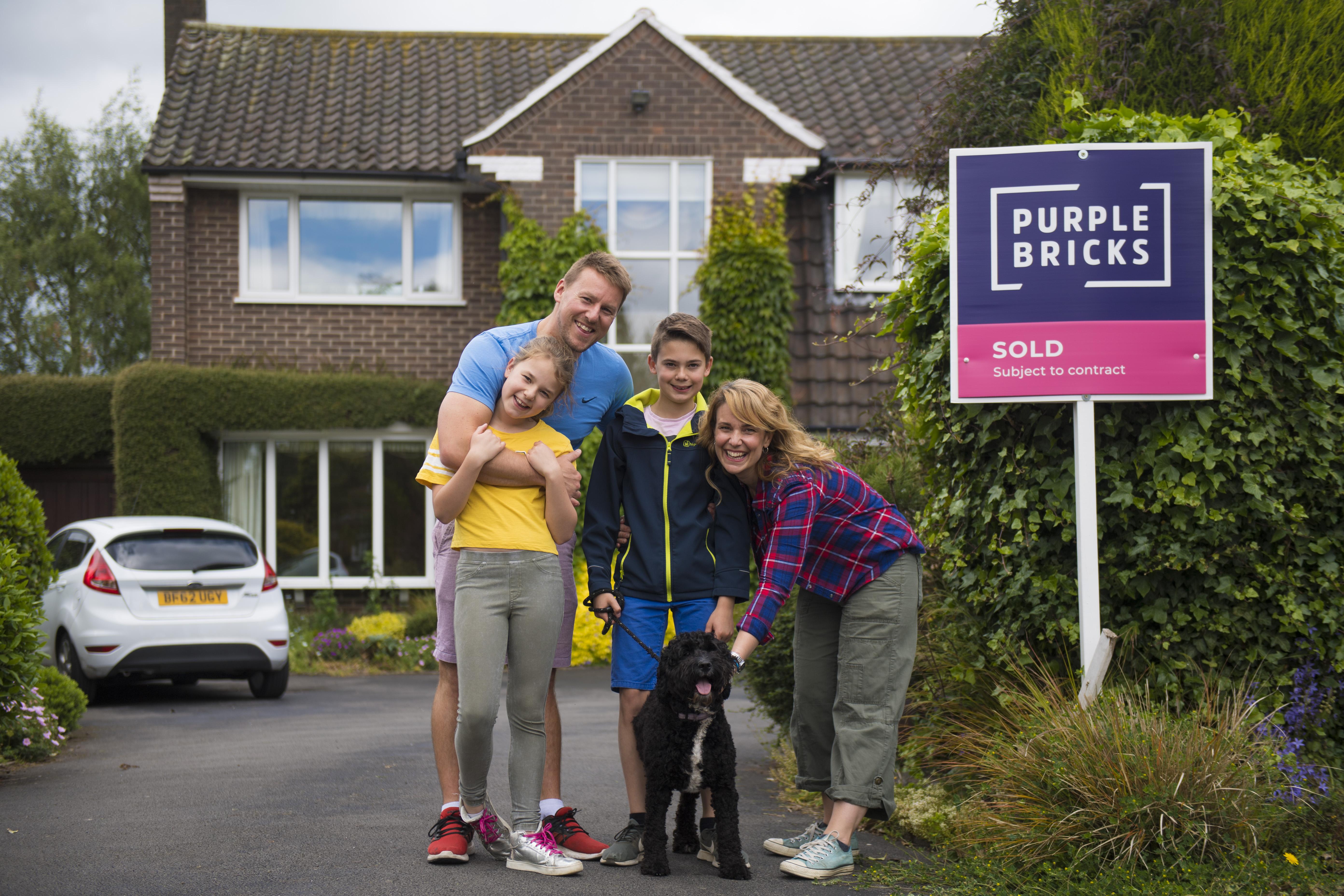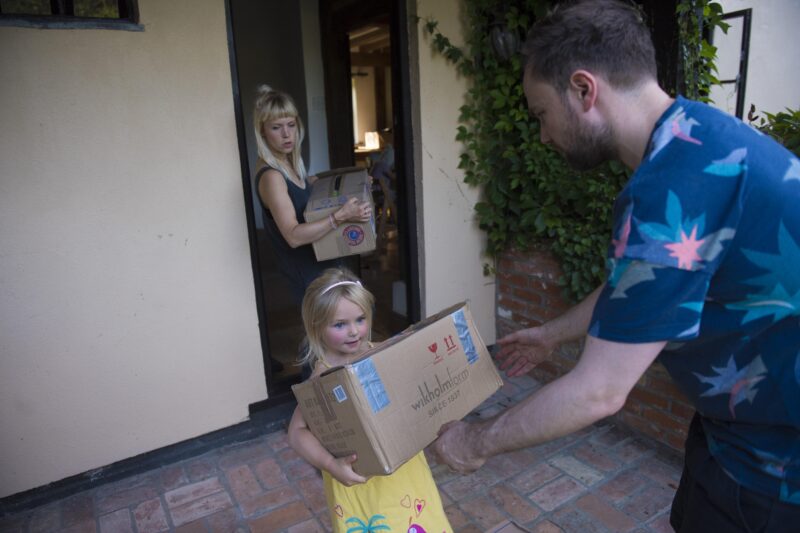The right move
Published
Moving to a new house can be one of the most stressful experiences for a family. Children, just like adults, feel a host of emotions when they think about what a move of home and area can bring. These can range from excitement to actual fear.

A new PurpleBricks survey shows that:
- 85 per cent of parents are very concerned about how their child might adapt to changes when moving home.
- 25 per cent worry that a house move might lead to changes in their child’s behaviour.
- Children aged seven typically take the longest to settle.
Psychologist Emma Kenny has produced A Kids’ Guide to Moving House for PurpleBricks, available to download or as a hard copy. She says: ‘Moving home is a big deal, and the more that you can prepare your kids emotionally, psychologically, socially and physically, the better everyone will settle in their new surroundings.
‘One of the big mistakes many parents make is excluding children from the moving process. I get that parents are in charge, and they are also busy organising the move, but children should still feel that their needs and wishes are taken into account.’
Emma adds: ‘Imagine how it feels to know that you are no longer going to be living in your familiar area and you may be leaving your close friends behind and even having to start a new school. Scary right? As a parent you may have a long list of reasons why the move will be fantastic for the whole family, but children tend to think about what they are losing, rather than what they are gaining. That’s why you need to get them on board from the start.’

Emma’s top tips :
1. Communicate, and help children verbalise fears.
As soon as you decide to move home begin communicating your decision to your children. Create a list of reasons as to why moving to a new house will be brilliant. The more positive and prepared you are, the more convincing you will be, and this will help to reduce any anxiety that your children may have.
Get children to discuss any worries about the house move. Explain that it is normal to feel a bit scared when facing a big change. Encourage children to write down any questions so it is easier to chat them through.
2. Give children a sense of control.
Children like thinking that they are in charge! It feels good for them to think that they have a say, and a certain amount of sway when it comes to what is happening in their life.
Show kids the homes that are catching your interest and allow them an opinion about the ones that you shortlist. Remember, they have to live there too, and their thoughts do matter.
Whilst you may want to go to house viewings initially without your children, as soon as you find a few likely contenders, get them excited about accompanying you to the viewings. Try using these visits as an opportunity to familiarise your kids with the local area. Maybe take them to a few parks or go for a delicious lunch at their soon-to-be-local cafe or shopping centre..
When your house move is confirmed, keep your children fully informed of the process. There is nothing more shocking than suddenly being told you are days away from relocating. Children need to come to terms with leaving their loved and familiar territory and friends behind.
3. Let them use their imagination.
Get them to draw a picture of their dream home. This could be a totally wacky, princess-style castle or a country cottage - whatever they bring to life, it will help them understand the concept of moving and living in a new place.
4. Do a trial run.
Try before you buy! Organise the whole family to spend some fun, laid-back days in the new area before you make the big move there. Knowing where the fun places are – cafes, parks and libraries – will make it seem all the more appealing.
5. Play games.
Packing can be an arduous process, so why not make a fun game out of it before you start. Try spot the difference when moving – you can find this in the PurpleBricks guide. Involving the kids in a fun game helps them see moving as an opportunity, or fun, rather than a threat.
6. Plan how to keep in touch with friends.
Leaving friends behind is understandably one of the most upsetting aspects of moving to a new house and area. Don’t minimise your child’s feelings no matter how young they are. Instead, acknowledge that it is tough to leave their friends behind, and discuss strategies that will make keeping in contact with friends really easy.
On moving day, get your kids involved by assigning them jobs such as packing boxes, or helping to make snacks. Encourage them to take a few mementos from your existing home which will remind them of all the happy times they spent there. These can be a few rocks from the garden, or a plant that they can dig up and replant at their new property.
7. Bury a time capsule.
Before you move, create a time capsule in a box filled with memories of how you lived your life in your old home. Many years later you could always return to the spot and open the capsule with your family and share your memories. Have the children write down their favourite memories of their old house and the item they’ve put in the capsule to represent that memory. Just make sure you bury it in an accessible place!
8. Make a wish list.
Encourage children to make a wish list of things that they would love to do once they are settled to the new place and then help them set some goals so that they can achieve these wishes.
As you settle into your new house, allow your child some say over the design of their new room. Even if you think that letting little ones go crazy with their imagination could lead to some questionable choices in home décor, it helps them to bond with their new environment and provides a focus whilst they settle in.
9. Creative writing – and reading.
Work with your child to write a moving home story with a main character that goes through the experience of moving homes and settling into a new place, making new friends in the area. This will help them to picture the new environment.
There are lots of books available, to borrow from the library or purchase which include stories about children moving house. Try Topsy and Tim Move House, My Funny Family Moves House or On the Way Home by Jill Murphy
10. Check in with them regularly and read books about moving.
It’s really important to check in regularly with your children to make sure that they can confide in you any troubling feelings that they may be experiencing. You could take 10 minutes each evening before they go to bed to discuss their feelings about moving home. This allows them to feel supported and also unpack their feelings so that they don’t lie worrying in bed.







